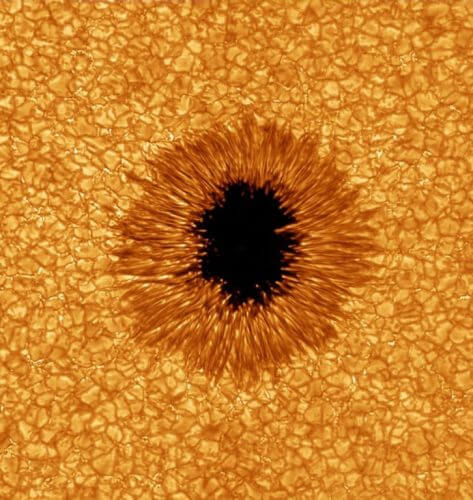In late March 2024, NOAA satellites detected strong solar activity, including a powerful solar flare and coronal mass ejection (CME), which led to the strongest geomagnetic storm since 2017

In late March 2024, NOAA satellites detected strong solar activity, including a strong solar flare and coronal mass ejection (CME), which led to the strongest geomagnetic storm since 2017.
NOAA's GOES satellites have recorded significant solar activity, including a severe geomagnetic storm, marking the peak of the 25th solar cycle. Advanced instruments such as the GOES-U satellite with the CCOR-1 instrument are essential for monitoring and understanding these vast solar phenomena.
Between March 23 and 24, 2024, NOAA's GOES satellites, along with others operating international partners, recorded several solar flares, including a massive X-magnitude solar flare. Also, a surge of extremely hot plasma known as a coronal mass ejection (CME) , advanced towards the Earth and brought geomagnetic storms and bright lights at the poles.
Effect of geomagnetic storms
The mass ejection from the corona reached Earth at (14:37 GMT) on Sunday, March 24, and led to a severe G4 geomagnetic storm, the strongest solar storm since 2017. However, according to a geomagnetic storm alert from the Space Weather Forecast Center NOAA, there was no reason for the public to be concerned.
Geomagnetic storms, also called solar storms, damage the Earth's magnetic field and can affect the Earth's power grids as well as radio signals and communication systems. They can also affect the activity of our satellites and GPS navigation capabilities. Also, astronauts in space need to be extra careful during these events, especially if they are performing a spacewalk. Outside of Earth's protective atmosphere, the associated radiation they are exposed to can cause radiation poisoning or harmful health effects.
NOAA classifies geomagnetic storms on a scale that starts at G1 and ends at G5. A G5 storm, the most extreme level, can cause a complete shutdown of high-frequency radio communications on the sun-facing sides of the Earth, lasting several hours.
On March 24, 2024, NOAA issued a geomagnetic storm warning indicating that geomagnetic storm levels G1 to G4 had been reached and that bright lights could be seen at the poles as far north as California. As a result of this storm, problems with the functioning of the electric grid were reported in Canada.
The current solar cycle and predictions for the next cycle
We are now in the 25th cycle. The solar cycle is an almost periodic change in the sun's activity, progressing from the solar minimum (the lowest number of sunspots and low activity) through the solar maximum (the highest number of sunspots and high activity) and back to the solar minimum, which usually lasts about 11 years. Sometimes the surface of the sun is very active with many sunspots, and sometimes it is quieter with little or no sunspot.
Near the peak of the solar cycle, geomagnetic storms of the kind that arrived Sunday can hit Earth several times a year. We are now close to the predicted maximum of the 25th solar cycle, and in December, the largest solar outburst in years disrupted radio communications. During solar minimum, several years may pass between storms.
According to NOAA's Space Weather Prediction Center (SWPC), an updated forecast concludes that solar activity during solar cycle 25 will increase at a faster rate and peak higher than predicted by a panel of experts in December 2019. The updated forecast now states that solar cycle -25 will peak between January and October 2024, with a maximum number of sunspots between 137 and 173.

One response
Looks like a rectum